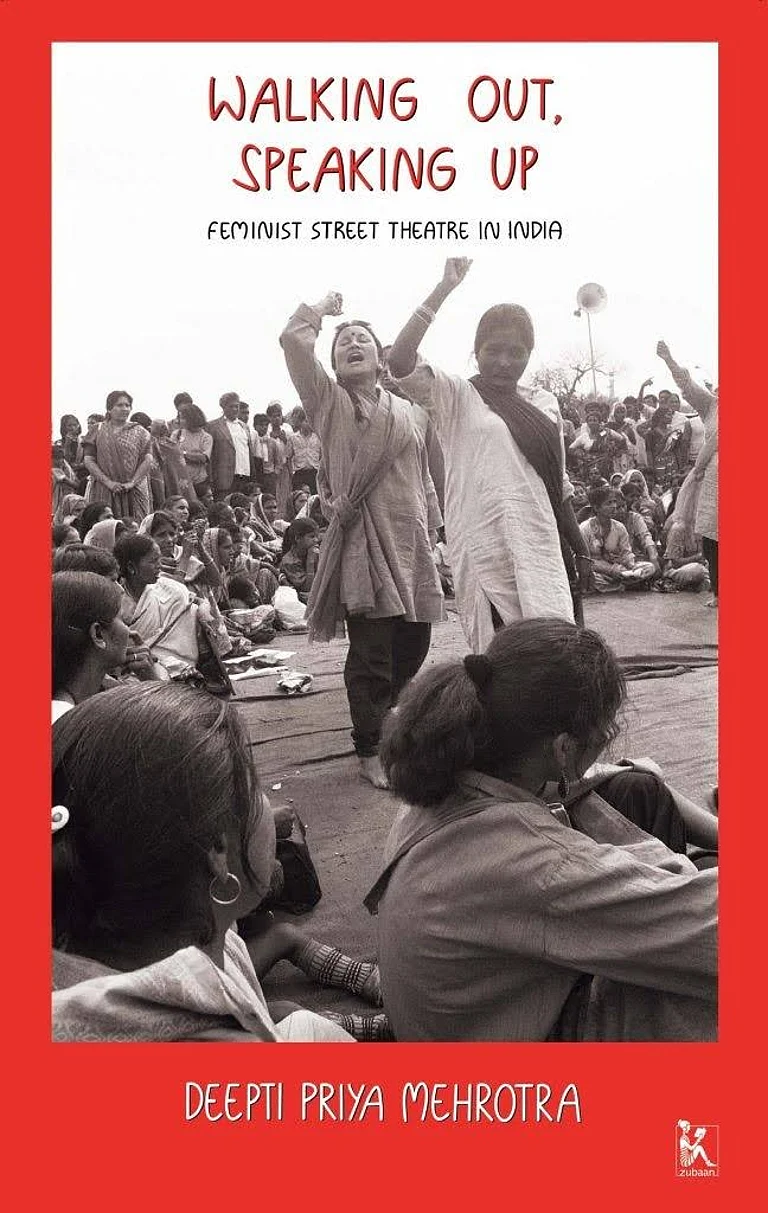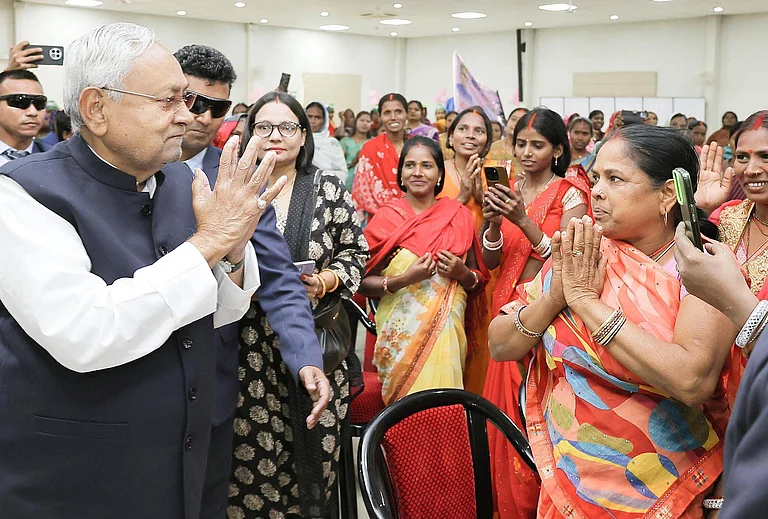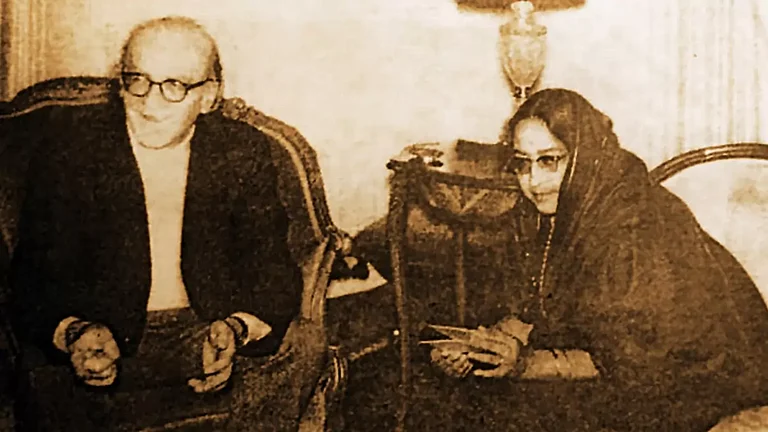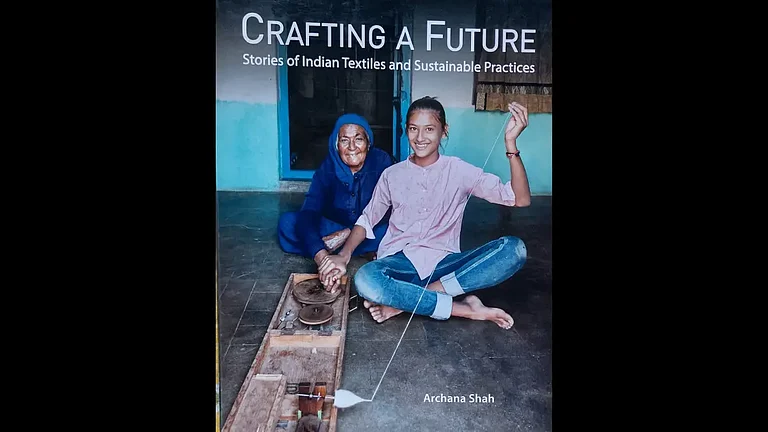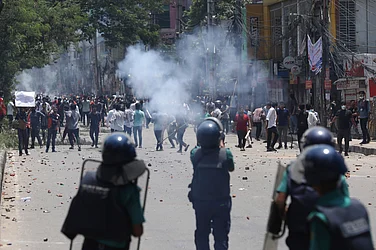
Gandhi empowered women as central actors in the freedom struggle, framing their entry into politics as a moral and humane corrective to violent, power-driven leadership, and advocating for education, equality, and social reform.
By linking women’s participation to service, sacrifice, and truth-seeking, Gandhi broadened the scope of nationalism, making the struggle inclusive, ethical, and transformative at both social and political levels.
The contemporary world is canvassed with examples suggesting the failure of the modern liberal order in managing socio-political conflicts across the globe. The dominant paradigm of political realism, with its underlying assumptions of a perpetual state of anarchy and threat perception, treats conflicts as inevitable, thereby prescribing a masculine, militarized manual for redressal without fully diagnosing the malady. A security discourse woven around masculinist stereotypes furthers the same insecurity that it seeks to dismantle, bringing to life a festering security paradox. In these turbulent times, there is a need to remember the alternative idea and praxis of one of the most prominent figures of nonviolent conflict resolution-Mohandas Karam Chand Gandhi.
His legacy transcends mere rhetoric and ideology as one of the most popular mass-leaders of India whose innovative yet sustainable ideas were tailored specifically to suit India’s socio-economic, political and cultural realities. Many models of conflict resolution that we have today are inspired heavily by Gandhi’s ideas and praxis of Satyagraha which once dealt with the twin conflicts of British colonialism and hierarchical practices and prejudices of Indian traditions.
In resisting racial discrimination in Africa, colonial supremacy in India and caste-based discrimination, he adopted non-violence as a means for lasting peace and not simply the end. More than relying on institutional and structural frameworks, his conflict resolution mechanism focused on the self-limiting character of individuals. His criticism of the liberal democratic order was based on his commitment to creating a non-hierarchical society.
As we celebrate him, a brief look at his interventions would help us understand his alternative in a bleeding world. As an apostle of peace, he was one of the first Indian leaders who problematized the masculinist tendencies of the freedom struggle when he called off the non-cooperation movement for taking a violent turn and resolved to bring women into the political space. Women who were the embodiment of the cultural spirit of the nation were perfect torchbearers of his nonviolent, truth-seeking, all-inclusive and ethical project to preserve the soul of the nation.
Women’s entry into national politics was largely to infuse the moral and humane elements into the national struggle as well as to make women realize their place in human evolution and be unquestioned leaders. He connected women with service and not with power-seeking barbarity. Unlike the dominant trend of subduing women because of their differences, Gandhi used the difference approach to empower them. Through his invocation of mythological creatures like Sita, Draupadi and Damyanti, he wanted to convey a complex socio-political message. This spatial intervention of women in the political arena was not only a masterstroke but also the need of the hour, as many of the leaders who were initially the face of the movement were in jail.
At this juncture, women’s passivity and patience as self-sacrifice positively influenced and aided efforts towards conflict resolution and instilled a sense of nationalism and patriotism.
Gandhi played an essential role in moving away from the hegemonic style of leadership. In ‘Hind Swaraj’, Gandhi critiques the idealisation of violence and militarism in nationalist movements, stating that the barrel of a gun cannot help attain true freedom. In both ‘Harijan’ and ‘Young India’, publications associated with Gandhi, he emphasized on the need for women to be more than the slaves of men. “It is not easy to avoid the conclusion that it is because women generally are naturally more moral than men that they cannot be parties to politics of the present cut-throat description and it is because they are more moral that their entry into politics will purify it and lift it to a higher level altogether.”
He rallied the call for women’s education, equality between men and women, bodily rights, against dowry and many other social evils to improve their condition in society. In doing so, it was clear that he viewed them to be cerebrally equal to men. He insisted that rules of social conduct must be formulated in mutual cooperation and consultation with women and that women must realize their potential as equal partners. His political emancipation of women was in the hope that she would realize her place in human evolution and be an unquestioned leader. With Gandhi’s inspiration, women took the political struggles to their homes. Under his banner, women participated in selling Khadi, selling contraband salt, picketing of liquor shops, suffered police brutality and other atrocities. The involvement of women helped change their outlook as Swaraj demanded shedding prejudices about caste and other such beliefs even in the personal sphere.
A truly feminist picture would be incomplete without discussing the issue of his relegation of women to the domestic sphere, perpetuating the stereotype of women as the weaker vessel. While on one hand, his socio-political reconstruction of the Indian woman and her roles was progressive for his own times of regressive, patriarchal India, still emerging out of the shackles of colonial rule; his exposure to education and understanding of international law should have presumably made him far more sensitized than he allowed himself to be. A major criticism levelled against Gandhi is his unwillingness to challenge the traditional set-up while inspiring women to carve out their destinies within it. The roles assigned to women even during the civil disobedience movement were largely essentialist, embedded in his idea of a ‘proper, moral, self-effacing woman.’
Despite the criticism, as we commemorate Gandhi Jayanti today, one needs to realize the novelty of ideas on conflict resolution that broke away from dominant thought patterns in the imperialist-nationalist discourse and lent a feminist lens to the anti-colonial movement. The novelty of his ideas lies in understanding that we are at a juncture where instead of grappling with conflict through a realist lens, a feminist model that celebrates truth and reformulates ‘love’ as the order and law of human existence would eventually help promote global healing and peace. Instead of strategies aimed at dealing with symptoms, the Gandhian alternative has always strived for self-reliance, dignity of labour and equal distribution of resources. A feminist model of mutual interdependence and collective security helps reduce insecurity.
To him, individual acts of resistance aggregate in systemic transformation, fueling enduring change. Today, as liberal institutions falter and violent conflicts escalate globally, Gandhi’s model of conflict resolution, anchored in nonviolence, moral courage, and inclusive participation, remains a compelling alternative. His method invites us to reimagine leadership not through dominance but through empathy, dialogue, and collective conscience. Importantly, it also demands that we go further than Gandhi did in his time. We must not only include women symbolically but also empower them as equal and active architects of peace. In an age marked by complex conflicts and rising authoritarianism, reclaiming the essence of Gandhi’s feminist model of non-violence is not just an act of remembrance; it is a political imperative.
(views expressed are personal)
Shambhavi Mani is Assistant professor, Department of Political Science, Vivekananda College, University of Delhi.







